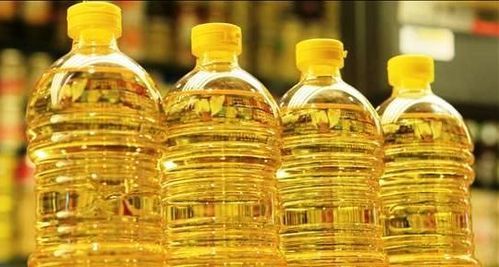In Thursday’s intra-day trade on the BSE, shares of Poona Dal & Oil Industries set a new high of Rs 103.15 and remained trapped at the 10% upper circuit on the back of hefty volumes. The edible oil company’s stock has soared 86 percent in the last four trading days, from a low of Rs 55.60 on Friday, April 22, 2022.
On the BSE, roughly 76,000 shares had changed hands as of 10:35 a.m., and there were pending buy orders for 30,619 shares, according to exchange statistics. On the BSE, the stock is currently categorized in the X category. The X group includes all equities that are only traded on the BSE.
About large price movements, the exchange has sought clarification from the company. This was done to guarantee that investors have the most up-to-date relevant information about the company and to notify the market so that investors’ interests are protected, according to the statement. The response is still pending.
Poona Dal & Oil Industries’ two sectors, the oil division, and the agro division are both involved in the manufacturing and trade of edible oil and pulses. In the fiscal year 2020-21, the company’s edible oil division accounted for 78% of total revenue (FY21).
The edible oil industry has a lot of promise, and people are using more of it. Demand for refined edible oil and other agro-based products is expected to grow, according to the business. In its FY21 annual report, the corporation stated that the future outlook, particularly in the area of food grains, is optimistic.
Once the severity of Covid-19 infections has decreased and the poultry industry in India and abroad has returned to normal, opportunities may develop. According to the corporation, there are optimistic indicators from Bangladesh, a significant importer, which gives opportunities in the future year.
Meanwhile, according to a report, Indonesia expanded the scope of its export prohibition on cooking oil raw materials to include crude and refined palm oil, among other items, on Wednesday.
India imports over 13-13.5 million tonnes of edible oils, with palm oil accounting for around 8-8.5 million tonnes (around 63%). Nearly 45 percent of the 8-8.5 million tonnes of palm oil produced comes from Indonesia, with the rest coming from Malaysia.




